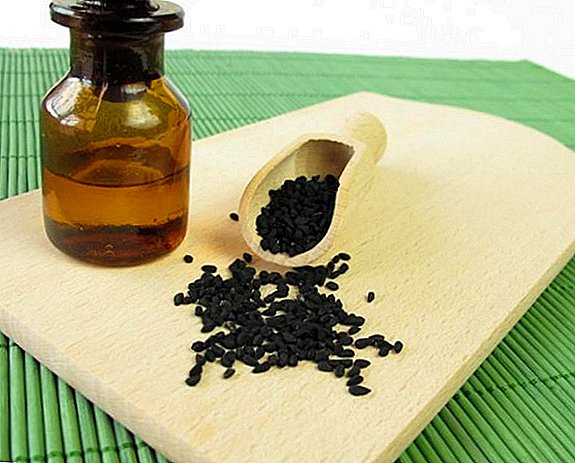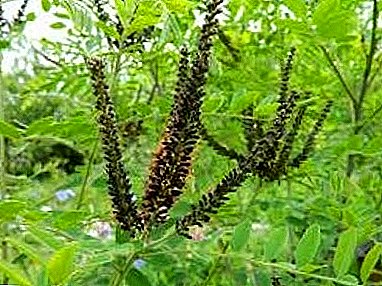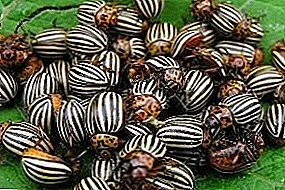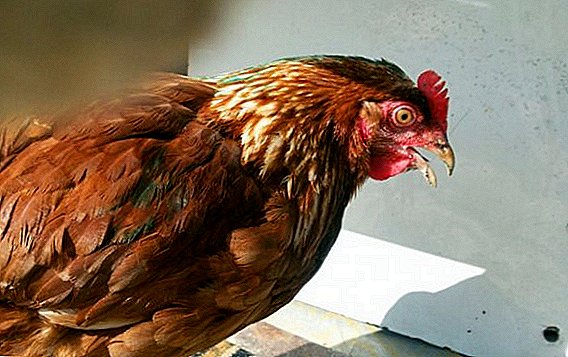 Diseases of farm animals, in particular, birds, are divided into infectious, parasitic and non-infectious. Infectious are considered the most dangerous and are caused by viruses and bacteria that enter the body. One such misfortune is metapneumovirus.
Diseases of farm animals, in particular, birds, are divided into infectious, parasitic and non-infectious. Infectious are considered the most dangerous and are caused by viruses and bacteria that enter the body. One such misfortune is metapneumovirus.
What is metapneumovirus in birds
Avian metapneumovirus (MISP) is the causative agent of infectious rhinotracheitis in birds, as well as the cause of swollen head syndrome (SHS). It was first recorded in 1970 in South Africa, but to this day it has not been officially registered in some countries.  Initially it was believed that this disease was bacterial in nature, but later, using a study of bird embryos and tissue fragments from the trachea, the etiological agent TRT was identified, identifying it as a virus. Initially, it was classified as a pneumovirus class, but after the discovery of viral forms similar to it, it was retrained into a metapneumovirus.
Initially it was believed that this disease was bacterial in nature, but later, using a study of bird embryos and tissue fragments from the trachea, the etiological agent TRT was identified, identifying it as a virus. Initially, it was classified as a pneumovirus class, but after the discovery of viral forms similar to it, it was retrained into a metapneumovirus.
How does the infection occur?
Infection with this virus occurs horizontally (from one individual to another through air or secretions). The main mode of transmission is the direct contact of infected and healthy birds (through sneezing, the infection gets on the food, feathers of other birds). Water and feed can also act as temporary carriers (the strain in the external environment becomes unstable, therefore it does not live outside the body for a long time).
Read also about what you can get from pigeons.
There is a possibility of its vertical transmission (from mother to descendants). Methapneumovirus virus was found on newly born chickens, which indicates the possibility of infection of eggs. Even people can contribute to the further transmission of the virus by moving it on their shoes and clothes. 
What a farm bird strikes
Initially, the virus was seen in turkeys. But today the list of possible species of birds that are susceptible to this disease has increased significantly and includes:
- turkeys;
- chickens;
- weft;
- pheasants;
- ostriches;
- guinea fowl.
Find out what turkeys and chickens are sick of.
Pathogenesis
Once in the body, the virus begins to actively proliferate on the epithelial cells of the respiratory tract, causing its activity to lose cilia by the epithelium. In turn, the mucous membrane, devoid of these cilia, is not able to withstand secondary infections, which, penetrating into the body, reduce the already ineffective struggle of the body against the metapneumovirus.
Important! The rate of development of this disease in different species of birds and under different conditions of their residence is different.
Clinical symptoms
The classic signs of a metapneumovirus are sneezing, coughing, nasal mucous discharge, and swelling of the head and conjunctivitis. Since this virus is accompanied by respiratory diseases, the symptoms will be very similar to them. Over time, the effect of the virus on the bird's body spreads to the reproductive and nervous systems.
The bird ceases to run, or the quality of its eggs decreases significantly - the shell deteriorates. The effect of the virus on the nervous system can be noticed by drawing attention to symptoms such as torticollis and opisthotonus (convulsive posture with back arching and head drooping backwards). 
Diagnostics and laboratory tests
Based only on clinical data, it is impossible to make an accurate diagnosis.
ELISA method
For an enzyme immunoassay (ELISA) for severe acute disease, it is recommended to take the material (blood) twice: at the first signs of the disease and after 2-3 weeks thereafter. If the clinical signs are moderate in the fattening period with a subsequent decrease in bird productivity, then it is recommended to use the material for analyzes after slaughter.
Important! For reliable results, it is recommended to use several diagnostic methods simultaneously.
Combined use of ELISA and PCR
For simultaneous analysis by two methods, at the first signs of the disease, samples of the material (smears) are taken from the sinuses and trachea for PCR analysis. In the case of severe symptoms of the disease, sampling is not recommended. It is necessary to choose individuals with a moderate manifestation of symptoms. For ELISA analysis, blood is collected from individuals in the same herd. This makes it possible to find out whether the bird has previously had contact with this virus. 
Pathological changes
Matapneumovirus itself rarely causes marked pathological changes. In some cases, head and neck edema, eyelid edema and conjunctivitis can be diagnosed. In the study of the nasal sinuses and trachea, swelling, peeling of the ciliary epithelium and the presence of exudate can be observed.
Interpretation of laboratory results
For the formulation of the correct diagnosis requires data serological and molecular diagnosis. The first study aims to identify antibodies produced by the body to fight the virus. The second type of diagnosis is designed to identify the causative agent of the disease on various biological samples.
Did you know? Chickens and roosters are able to keep in mind the distinctive features of more than 100 individuals (both other chickens and people).The virus contains single, unsegmented, twisted (-) RNA. Electron microscopy demonstrates that MPVP has pleomorphic fringed and usually roughly spherical shape in outline.
Control method and vaccination
The use of live vaccines against this virus is recommended. Inactivated do not apply due to the fact that they show low efficiency in young animals, cause an increase in the stress level of the bird, which, in turn, affects its productivity and development. The advantage of live vaccines is that they form local immunity in the upper respiratory tract. 
Did you know? Getting rid of chicken cholera was found by chance. Once the French scientist Louis Pasteur forgot a culture with cholera microbes in a thermostat. The dried virus was introduced to the chickens, but they did not die, but suffered only a mild form of the disease. When a scientist infected them with a fresh culture, they were immune to the virus.
Ensuring proper protection
In order to protect the bird herd from this infection, timely vaccination should be carried out, as well as the following standards should be maintained: planting density, cleanliness of the premises and quality control of feed. It is worth remembering that metapneumovirus is effectively eliminated in the early stages of diagnosis, therefore, at the very first suspicions, it is necessary to conduct all the necessary studies to make a diagnosis and take measures to effectively get rid of the virus.












